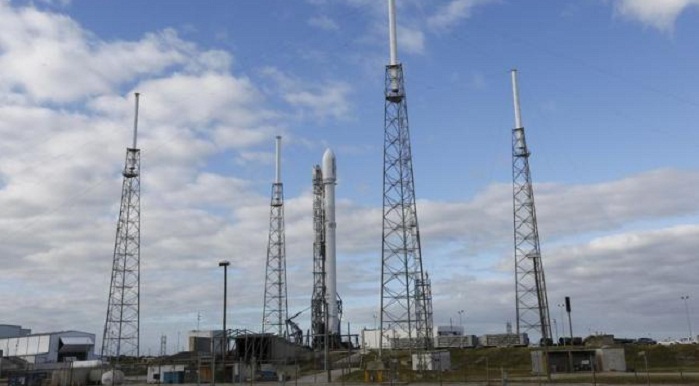The liftoff at 4:43 p.m. EDT (2043 GMT) from Cape Canaveral Air Station also marked the resumption of resupply flights by SpaceX for NASA following a launch accident in June 2015 that destroyed an earlier cargo payload for the space station.
About 2-1/2 minutes after Friday`s launch, the main part of the 23-story tall, two-stage SpaceX rocket separated, turned around and headed toward a landing platform floating in the Atlantic about 185 miles (300 km) northeast of Cape Canaveral.
A live video feed broadcast on NASA television showed the rocket booster, its four landing legs extended, descending over the ocean before settling itself upright on the barge-like platform, roughly eight minutes after launch.
"The rocket landed instead of putting a hole in the ship or tipping over," Musk told reporters at the Kennedy Space Center a short time later. "We`re real excited about that."
Four previous at-sea landing attempts had failed. But a Falcon 9 main-stage rocket achieved a successful ground-based touchdown in December, the first ever during an actual commercial space mission.
President Obama hailed the latest accomplishment on Twitter, saying, "Congrats SpaceX on landing a rocket at sea. It`s because of innovators like you & NASA that America continues to lead in space exploration."
The reusable rocket booster should arrive back in Florida on Sunday and will be test-fired about 10 times, then likely re-launched, probably on a commercial flight, as early as May, Musk said.
More about:
















































